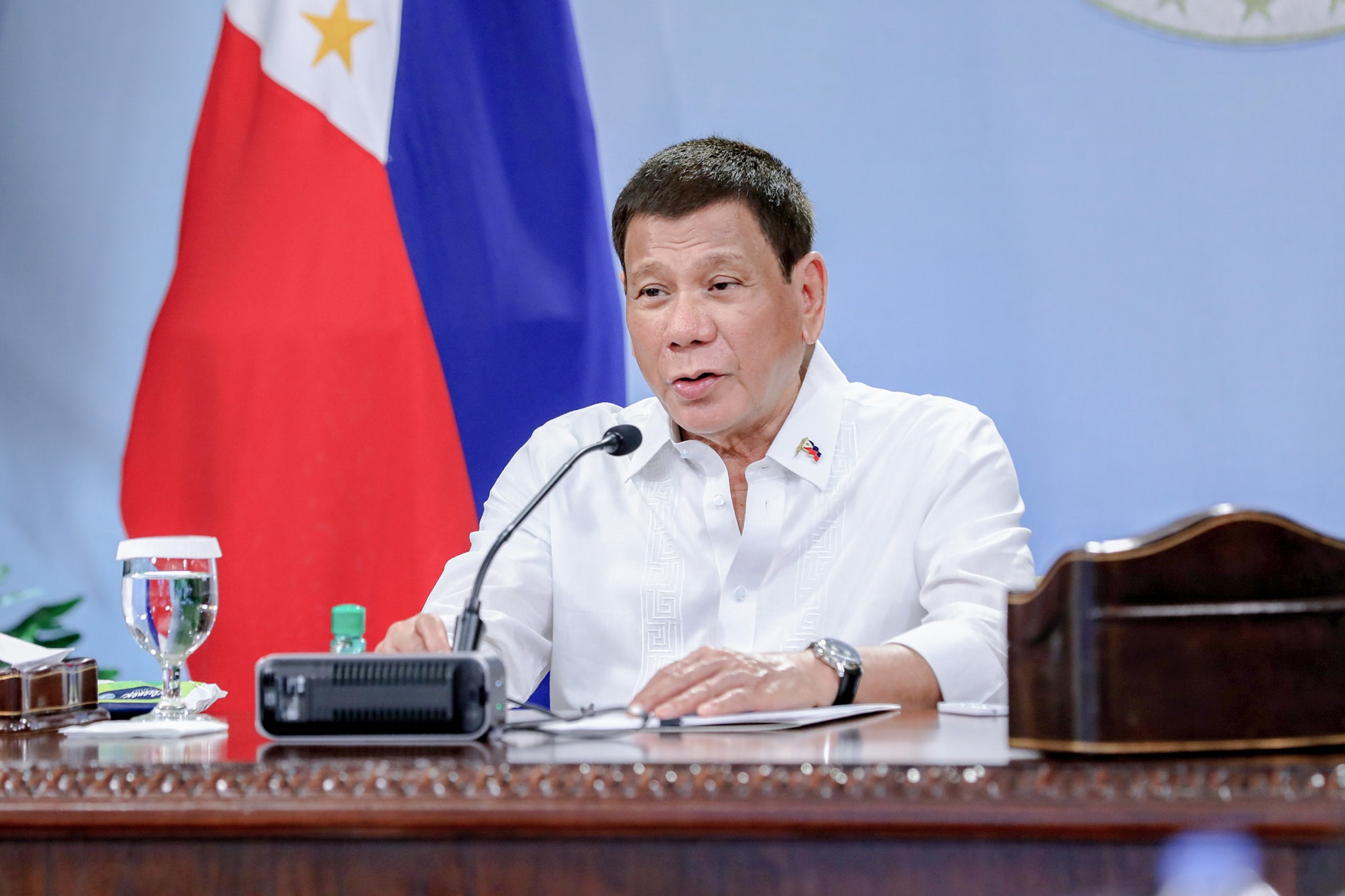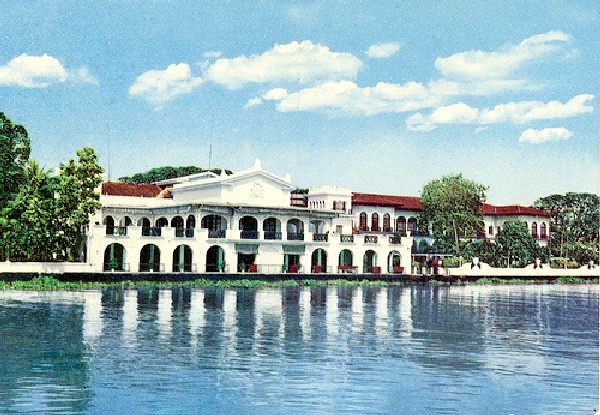NCR, Bulacan under GCQ but “with some restrictions” starting June 16

(Eagle News) — Some areas in the Philippines are back under a more stringent modified enhanced community quarantine following the increase in COVID-19 cases there.
According to President Rodrigo Duterte, the following are under that community quarantine:
- Cagayan de Oro
- Davao City
- Butuan City
- Cagayan
- Apayao
- Ifugao
- Santiago
- Lucena
- Puerto Princesa
- Naga
- Bataan
- Iloilo City
- Iloilo province
- Negros Oriental
- Zamboanga City
- Zamboanga Sibugay
- Zamboanga del Sur
- Zamboanga Del Norte
- Agusan Del Sur
- Dinagat Islands
- Surigao del Sur
Meanwhile, Metro Manila and Bulacan will be under a general community quarantine “with some restrictions” from June 16 to June 30.
Cavite, Laguna and Rizal, on the other hand, will be under a GCQ but with heightened restrictions also until the end of the month.
The following areas are also under a GCQ:
- Isabela
- Nueva Vizcaya
- Quirino
- Batangas
- Quezon
- Baguio
- Kalinga
- Mountain Province
- Benguet
- Abra
- Iligan City
- Davao del Norte
- General Santos City
- Sultan Kudarat
- Sarangani
- Lanao Del Sur
- Cotabato City
- Cotabato
- South Cotabato
The rest of the Philippines will be under a modified general community quarantine.
Earlier, the Department of Health said that while COVID-19 cases in Metro Manila were decreasing, cases in other parts of Luzon, Visayas, and Mindanao were increasing.
The country’s COVID-19 vaccination is ongoing, with members of the A1 to A4 categories–or medical workers, senior citizens, persons with comorbidities and economic frontliners–being inoculated.
The DOH has urged local government units to prioritize workers aged 40 to 59 in the vaccination.








